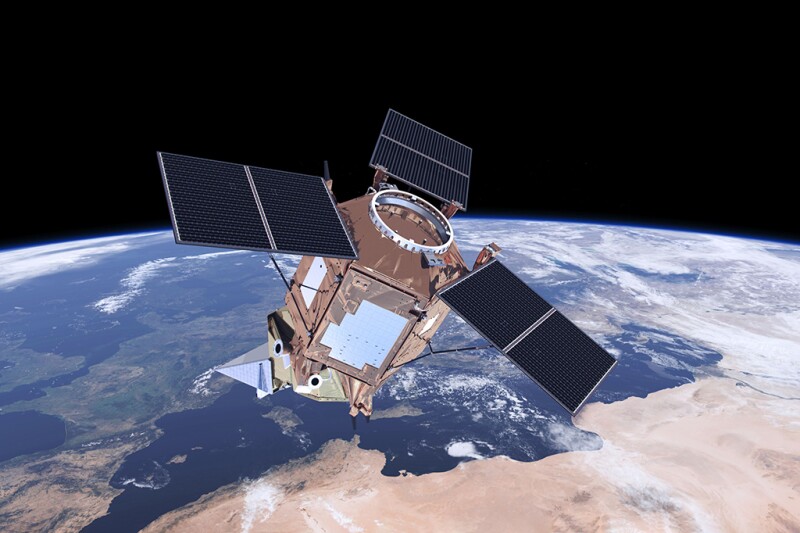The use of satellite imaging to verify self‑reporting of methane emissions using empirical data gathered in near-real time by artificial intelligence, could cost the fossil fuel industry dearly in fines under the new methane provisions of the US Inflation Reduction Act (IRA).
Signed into law in August, the IRA requires the US Environmental Protection Agency (EPA) to adopt within 2 years methods to monitor and collect empirical data on methane emissions.
The act introduces the federal government’s first-ever tax on greenhouse gas emissions, but does not specify preferred technologies. Satellite monitoring is assumed to be at the top of the list, according to geo‑analytics company Kayrros.
Private industry can, and likely will, play the same game, as it has access to the very technologies the government uses and can invest to acquire empirical data to identify problems companies might not even know they have. Once emissions are quantified at their source, industry can clean up supply chains and thus blunt the financial impact of penalties set to debut in 2024.
Third-Party Audits: Good for ESG Optics but Missing the Bigger Issue
In May, ExxonMobil announced it had become the first oil and gas company to earn an “A” grade certification under the independent MiQ standard for managing methane emissions from associated gas at its Poker Lake, New Mexico, facilities which the company said in 2021 accounted for more than 10% of its Permian Basin gas production.
Responsible Energy Solutions, a Texas-based independent auditor in the field of Responsibly Sourced Gas (RSG), conducted the study.
One month later, Chevron announced it had earned top marks from Denver-based Project Canary, an SaaS‑based (software-as-a-service) data analytics company organized as a public benefit corporation which markets itself as the gold standard for independent RSG audits. It uses its own monitoring devices and does not run data through the client’s SCADA system.
Gas producers are turning to third-party audits to differentiate their production streams as RSG to comply with the investment community’s ESG (environment, social, and corporate governance) requirements.
In a study issued a year ago, the global research and business consultancy Wood Mackenzie referred to RSG certification as a “nascent” industry (audit companies tend to be innovation-driven data analytic startups) and noted that “certification processes exist (currently) only for upstream assets and there is no universal or industry standard.”
“Certification is based on standards such as air emissions, water stewardship, land use, and community impacts,” Wood Mackenzie reported.


